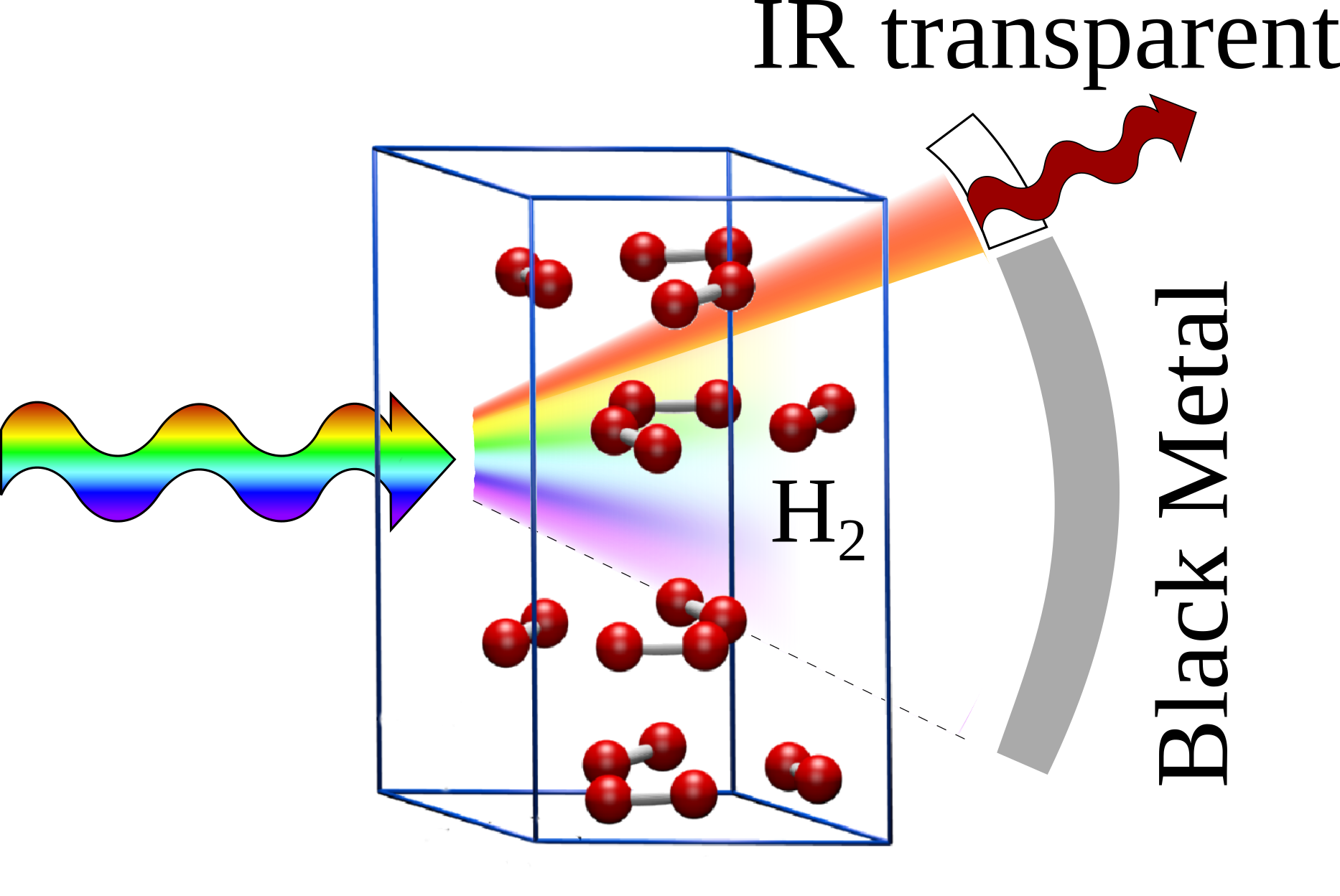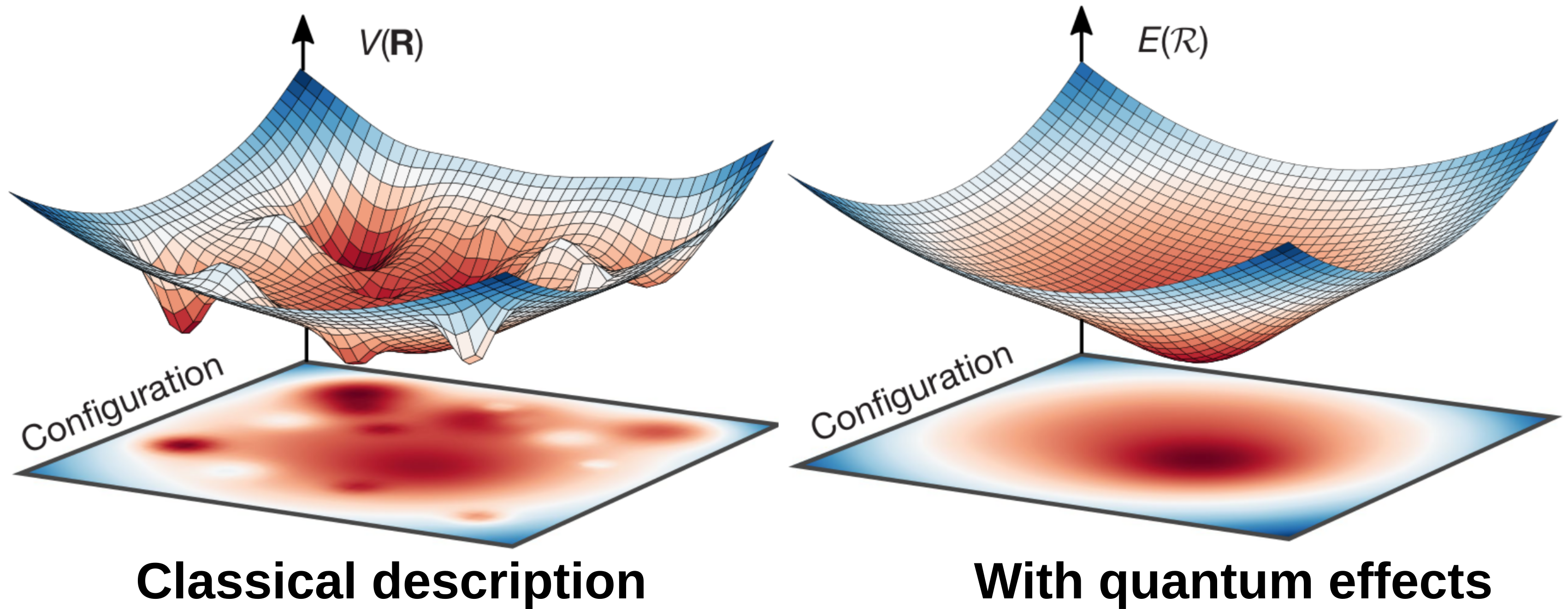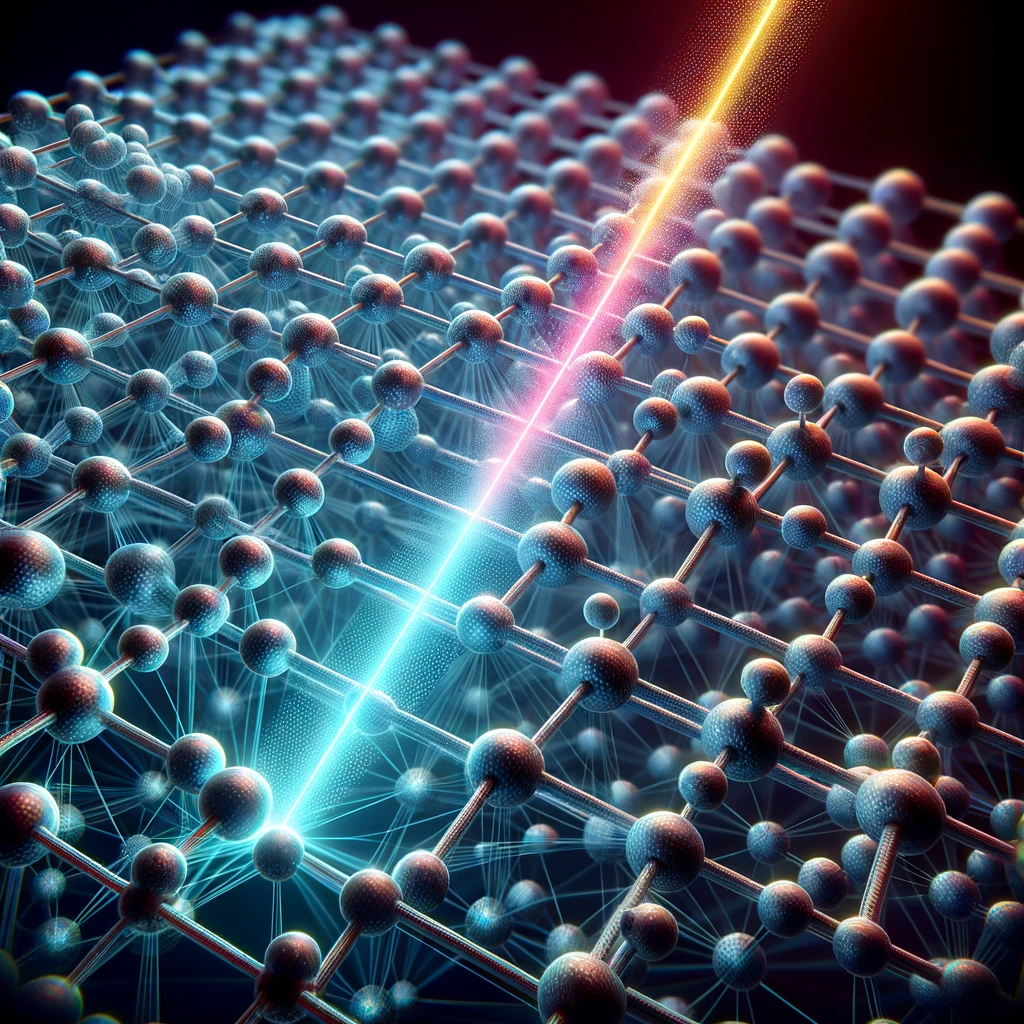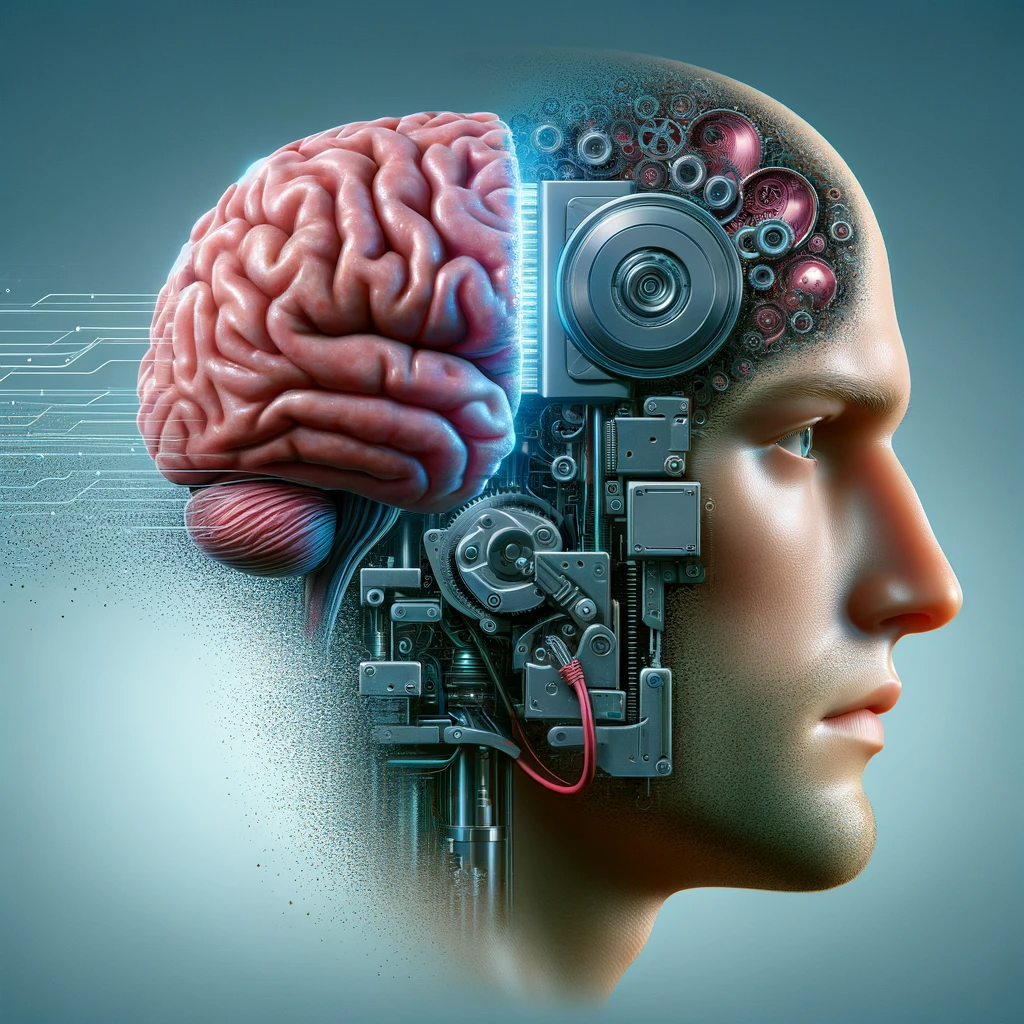Welcome to AURUM: Ab initio Simulations and Research on Ultrafast Materials
first principles: solving the fundamental equations of physics to understand and predict the behaviour of matter without relying on any empirical parameter. This approach is pivotal in developing materials for energy harvesting, such as advanced solar cells and thermoelectric devices, which are crucial in converting wasted heat into electric energy, as well as exploring the realms of high temperature superconductivity. Additionally, we delve into the ultrafast dynamics of nuclei and electrons in the femtosecond scale, fundamental to understand and improve the light-electricity conversion operated by next generation materials or ultrafast switches for quantum computing. Our studies also tackle the complex thermodynamical characterization of phase diagrams and second-order phase transitions in challenging systems, like materials under extreme pressure found in the nuclei of planets. We are also at the forefront of research in integrating artificial intelligence into material design stands at the forefront of our innovative strategies, aiming to revolutionize how materials are conceptualized and created.
Featured Research
This section highlights some of our key research areas and breakthroughs. Check out the latest findings and developments in our work.

Black metal hydrogen above 360 GPa driven by proton quantum fluctuations
This study focuses on hydrogen metallization, crucial for developing room-temperature superconductors. Researchers found that hydrogen becomes metallic at 380 GPa, influenced by proton quantum fluctuations. This metallization, essential for understanding superconductivity, varies with isotopes, indicating different properties when hydrogen is replaced with deuterium. The findings help resolve discrepancies in previous experiments regarding hydrogen's conductive transition under high pressure. Interestingly, this metallized state is a 'black metal,' transparent in the infrared, indicating that the shiny metal observed at 490 GPa is not phase III.

Quantum crystal structure in the 250-kelvin superconducting lanthanum hydride
The study highlights the potential of hydrogen-rich materials in achieving high-temperature superconductivity, particularly following the synthesis of LaH10. This material's superconducting properties are stabilized by quantum atomic fluctuations, which maintain a symmetrical crystal structure under high pressure. These findings challenge classical predictions, showing that quantum effects are crucial for stabilizing materials with high electron–phonon coupling, potentially easing the synthesis conditions. This research marks a significant step towards realizing room-temperature superconductivity.
See more of our research on Google Scholar
Thesis Proposals
Unlock the Secrets of the Universe: Begin Your Quantum Adventure Today. This section highlight possible topics for a thesis. On each of this topic we offer thesis to all levels, from bachelor (undergraduate - tesi triennale), to master and even PhD thesis. Indeed, the thesis nees to be tailored to the skills, talent, affinity and interest of each student. Contact us to discuss possible proposals.

Simulating the ultrafast dynamics of atoms in pump-probe experiments.
The quantum dynamics of nuclei are crucial in defining material properties. Exposure to intense light can induce exotic behavior in certain materials, enabling transitions to phases that are otherwise unattainable under normal conditions. This phenomenon opens up avenues to manipulate states of matter previously deemed impossible.
Modelling the electron-ion wavefunction with a Neural Network
The numerical solution of the many-body Schroedinger equation is a formidable task, due to the exponential scaling of the Hilbert space with the number of particles. The mostly used approach to approximate the solution is the mean-field, where the electron wave-function is a single slater determinant. However, this approach fails in systems where electrons localizes, like in isolated atoms or strongly correlated materials, which are at the origin of nonconventional superconductivity. This thesis aims to introduce a new way to solve the correlated Schroedinger equation using a neural network to describe the electronic correlation. The new method will be applied to the study of the electronic properties of strongly correlated materials and for non-adiabatic electron-phonon coupling.

The minimal maximum entropy: a new approach for generative artificial intelligence
Generative artificial intelligence (AI) is a rapidly growing field of research, with applications ranging from image generation to drug discovery.
However, the current state-of-the-art generative AI models are based on deep neural networks, which are computationally expensive and require large datasets,
while prone to overfitting, with critical concerns on accidental copyright violation of the generated content.
We propose a new approach to generative AI, based on the minimal maximum entropy principle, a theory recently introduce by our group.
This thesis aims to develop a new generative AI models based on this theory and benchmark it against the current state-of-the-art.
Tesi Triennali
Modellizzare attraverso reti neurali le proprietà microscopiche dei materiali
Le simulazioni numeriche sono fondamentali per identificare i materiali sintetizzabili e dalle caratteristiche interessanti, come ad esempio per la produzione di energia da fonti rinnovabili. Tuttavia, l'analisi numerica dei materiali richiede la risoluzione delle equazioni della meccanica quantistica in sistemi contenenti migliaia di nuclei e elettroni interagenti, compito dal costo di grosso impatto energetico e economico.
La rivoluzione dell'inteligenza artificiale ci viene in aiuto nel velocizzare le simulazioni, rimpiazzando la risoluzione numerica dell'equazione di Schroedinger.
Web apps
Poisson equation solver

Interactively evaluate the electrostatic potential of a set of conductors.
Contacts
We are located at the Physics Department of the University of Rome, Sapienza.
Piazzale Aldo Moro 5, 00185 Roma RM, Italy
Edificio Marconi, 2nd floor, room 208